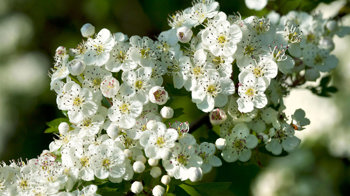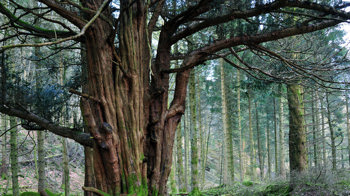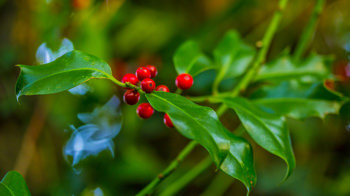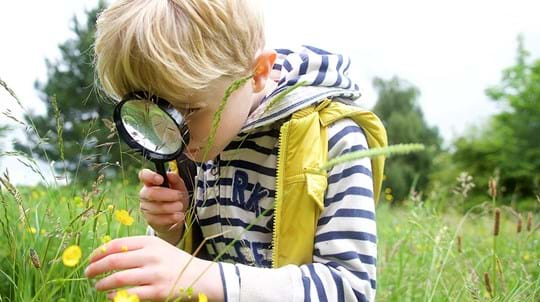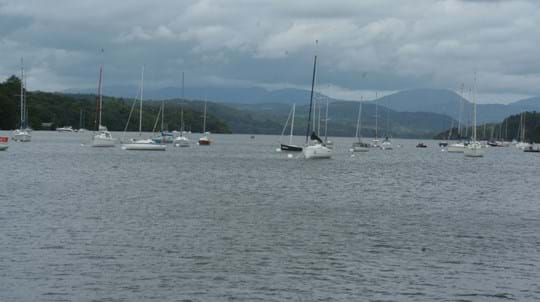
Great Knott Wood
Lakeside Windermere

Woodland Trust wood group
- Great Knott Wood
- Great Knott Wood Extension
42.01 ha (103.81 acres)
SD369872
Explorer 7
OS Landranger 97
Great Knott Wood is fully open to visitors following clearance of the fallen trees that were blown down in Storm Arwen.
Most of the mature trees were lost from a large area at the top of the wood, with that space now affording some magnificent views of Lake Windermere – though we’re currently replanting it with native trees and shrubs to restore it to its former glory.
Public access is now available from all entrances and main routes, including through the deer fences and up into the neighbouring wood, Finsthwaite Tower and beyond. You’re advised to keep to these obvious routes – especially within the deer fences – as there is lots of difficult terrain and a dead end.
The West Windermere Trail now links Lakeside village (where there is car parking and other facilities) with Finsthwaite village and provides a well-surfaced path which goes through Great Knott Wood.
This beautiful, ancient woodland site occupies a stunning spot on the south west shore of Lake Windermere. The wood has a fascinating industrial history. Currently a mix of conifers and pockets of native broadleaves, the Woodland Trust is in the process of restoring this woodland to its former glory.
Features
- Parking nearby
- Public access
- Waymarked walk
How to get to Great Knott Wood
Great Knott Wood is a 42-hectare (103.8-acre) site on the south-west shore of Lake Windermere at Lakeside, 3.2km (2 miles) north of Newby Bridge. It lies within the Lake District National Park.
Leave the M6 at junction 36, and from the roundabout take the first exit onto the A590 (to Kendal, Barrow). At Brettargh Holt roundabout, take the first exit onto the A590 (to Barrow). At Meathop roundabout, choose the second exit onto the A590 (to Newby Bridge). At Newby Bridge, take the first exit at the roundabout to continue on the A590, then the first right to Lakeside. The wood is on the left as you enter the village.
The nearest train station is in Windemere, 15.6km (9.7 miles) from the wood.
Visit National Rail for more information.
The nearest bus stop is at Lakeside, close to the train station.
Visit the Traveline website.
Facilities and access
There are two access points from the main road in Lakeside: one to the north, close to The Knoll Guest House and one to the south, where there is a kissing gate. A third entrance, with a step stile and bench, can be reached from the public footpath from Finsthwaite at the north-western corner of the wood.
Great Knott Wood has an extensive network of paths that link with footpaths in the surrounding area. These provide an excellent choice of circular walks which take in the villages of Lakeside and Finsthwaite. The paths within the wood are steep, generally stony and can be muddy in places in the winter. There are two routes waymarked by the Lake District National Park Authority: the permissive path to Pennington Lodge Tower or Finsthwaite Tower on Summer House Knot; and the permissive route where the wood is adjacent to the road.
A pay-and-display car park is available in Lakeside village, around 600 metres from the wood. Finsthwaite village also has parking at the church by donation.
There are toilet facilities on the Lakeside station platform.
Wildlife and habitats
Animals
Look out for some familiar woodland animals on your walk.
Trees, plants and fungi
Visit in the spring months to enjoy the bluebells, speckled with the bright white of wild garlic and wood anemone. There are many mature yews in the wood, as well as a coppiced beech with over thirty ‘stems’ coming from the base.
Habitats
Great Knott Wood is an ancient woodland site, much of which has been planted with non-native conifers. There are also remnant patches of broadleaf trees, including sessile oak, sycamore, ash, alder, birch, beech and yew with an understorey of hazel, holly, hawthorn and the occasional rowan and cherry.
About Great Knott Wood
Charcoal burning and leather tanning was carried out in the wood since the building of Furness Abbey in the 12th century and you can see evidence of it in the woods. Look out kilns and a bark peeler’s hut. There are also a number of disused Victorian water tanks on the site.
In the 19th century, the Lancashire cotton trade brought a huge demand for wooden bobbins, supplied by the Stott Park Bobbin Mill. It opened in 1835 and used wood from Great Knott.
In 1958, about three-quarters of the wood was cleared and planted with conifers, mainly Norway spruce for Christmas trees and timber. They were never harvested and crowded out any remaining native trees.
Acquisition
We bought Great Knott Wood in 2004 with the help of a generous legacy donation.Funds from other legacies, the environmental body WREN, Friends of the Lake District, the Forestry Commission and other supporters are now helping us to gradually thin the conifers, letting in light and enabling the native flora to regenerate.
We are using the traditional ‘snigging’ method to thin the conifers, which involves logging teams of Belgian Ardennes horses working the steep slopes. There are a number of benefits in this method: horses don’t compact the earth, and dragging out the conifers with their branches intact scarifies the ground, freeing the dormant seeds of the broadleaved trees.

A lasting legacy
This wood is just one of many to have been protected by gifts in wills, securing it for generations to come. Your legacy gift could also make a real difference to woods, trees and wildlife.
Learn what your gift could meanThings to do at Great Knott Wood
Walking
Grab your walking boots and head on out for a walk around Great Knott Wood. With an extensive network of paths to follow, wildlife to look out for and stunning plants and flowers to see, you’re sure to enjoy exploring the scenery here.
Geocaching
Get exploring with the Geocaching Trail. As you follow the trail, take in the scenery and make sure you visit each of the surprises. Along the way you will discover some of the great work that is going on in Great Knott, from sensitive restoration to improved paths and access. And you will learn about the wood's history and the importance of ancient woodland.
Allow an hour and download the Geocache Trail map to take with you.















